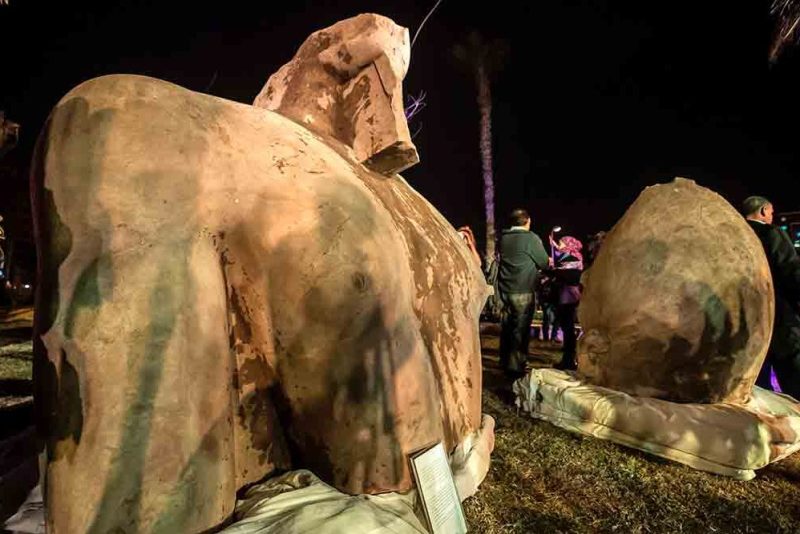
A landmark archaeological discovery is seemingly made every other week in Egypt these days. And the latest one doesn’t disappoint. Last week, a 26-foot-tall colossus statue was discovered by German and Egpytian archaeologists in a Cairo slum submerged under groundwater. It’s now been confirmed that it depicts the ancient Egyptian ruler Psamtek I (664–610 B.C.E.).
Initially, the statue was thought to be of Ramses II, since archaeologists made the discovery near the ruins of Ramses II’s temple, which was located in the ancient city of Heliopolis. Additionally, the dig also uncovered a three-foot-tall limestone bust of Pharaoh Seti II, Ramses II’s son.
But after further investigation, one of Psamtek I’s five names was found inscribed on the larger statue, according to Euronews.
Take a look at more astonishing images from the dig site below.
Below, watch footage of the excavation courtesy of Euronews.
—RealClearLife
This article appeared in an InsideHook newsletter. Sign up for free to get more on travel, wellness, style, drinking, and culture.